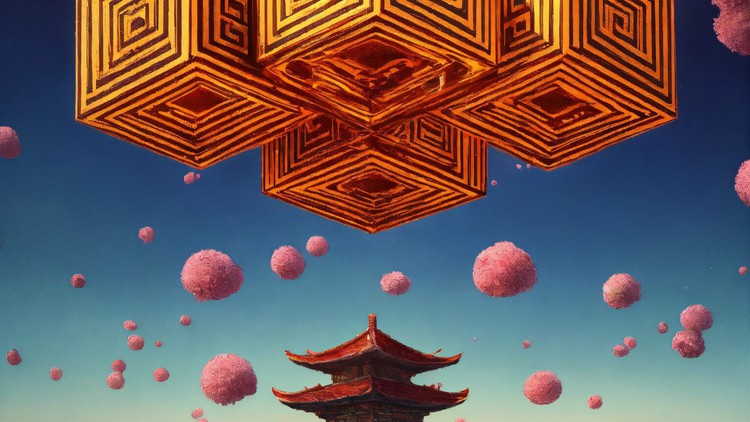
Spark your creative potential through Japanese wisdom
What you will learn
Apply concepts like Wabi-Sabi, Kaizen, and Wa to increase mindfulness, resilience, and harmony in daily life.
Develop calm focus, strategic thinking, and self-discipline using mental tactics from samurai traditions.
Cultivate beginner’s mind, imperfection appreciation, and purposeful action through Zen practices.
Internalize the core principles of Zen, craftsmanship, and aesthetics to enhance creative potential.
Description
This comprehensive course draws on centuries of Japanese wisdom to unlock creativity, mindfulness, and self-mastery. Students will gain powerful frameworks and techniques forged by traditions like Zen, Samurai teachings, Aesthetics, and Craftsmanship.
The course covers core concepts like Wabi-Sabi, Mottainai, Kaizen, Kanso, and Wa which shape the Japanese worldview and foster innovative thinking. It dives into the historical innovations in agriculture, architecture, arts and culture that laid the foundations for Japan’s creative society. Students will learn contemplative practices like mindfulness, beginner’s mindset, training regimes and repetitive skill-building to enhance creativity.
The teachings cover mental disciplines and tactics from samurai traditions to build calm focus, self-control and strategic thinking. The course explores hands-on arts like origami, bonsai, calligraphy, pottery and woodwork that develop patience and technical mastery.
‘;
}});
By immersing themselves in this wisdom passed down through generations, students will gain frameworks to unlock their creative potential in a principled way. They will learn techniques to appreciate imperfection, take mindful action and find harmony.
The goal is to provide ancient knowledge from the East in a way that is accessible and relevant to modern lives. Students completing this course will become more mindful, disciplined, and insightful in applying creativity to personal and professional pursuits and problem-solving.
